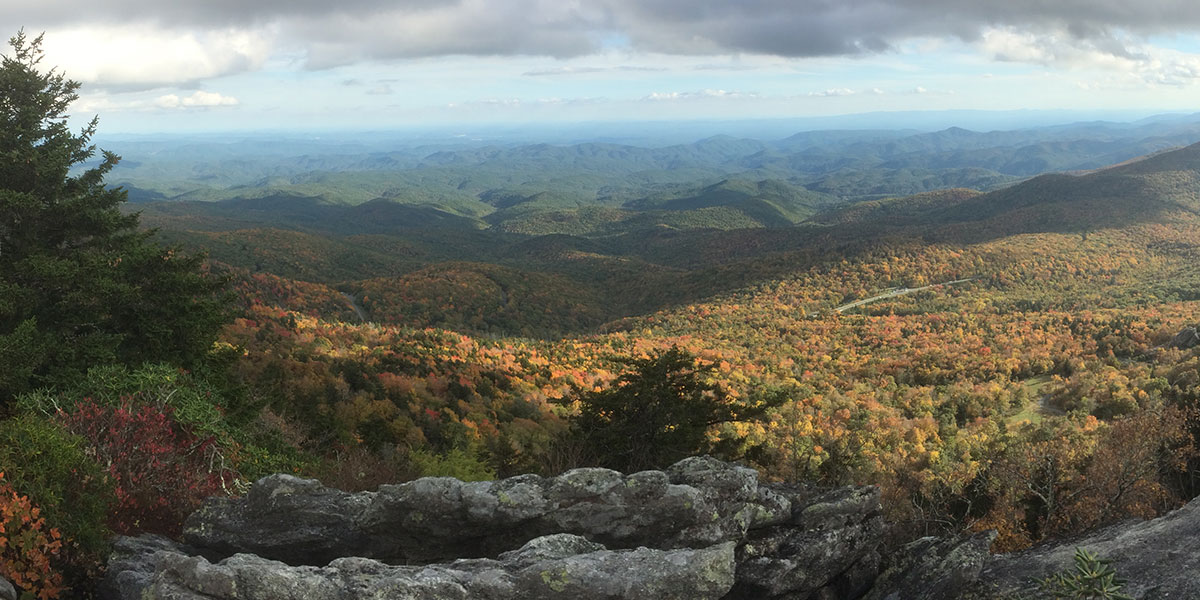My rotation at the Family Medicine Residency of Idaho Rural Training Track in Caldwell, Idaho was very much a comprehensive Family Medicine training experience. In one month the care I was able to offer patients was truly broad spectrum. Most mornings were spent in the hospital either in the ICU or on the floor managing patients from our family medicine group. Not surprisingly, patient acuity could range from relatively low (IBD flares) to quite high (anemia secondary to active uterine bleeding).
Wide variety of patients
The family medicine physicians on our team were active in the care of all patients, regardless of their pathology. The decision to have patients managed by an internist, family physician, obstetrician, or pediatrician had less to do with acuity and more to do with census and who had the best relationship with the patient. Afternoons were spent either doing endoscopy or other procedures, in urgent care running between 20 patients in an afternoon, or seeing patients in continuity as outpatients in the clinic. By the end of my time I had delivered numerous babies, was able to complete entire screening colonoscopies independently (both under close supervision) and was treated more like a colleague than a student.
A sense of community
Living with two of the physicians in the group offered me the opportunity to get involved at all times. If someone came into L&D, or one of our patients required care in the middle of the night, they were eager to keep me involved. The unique part of the experience was the sense of community I felt, even over just one month. One patient sent home on hospice care lived nearby, so we made a house call to check in on him. Another patient was a cousin of the provider, so when the patient story didn’t make sense, it was easy enough to get clarification by walking down the hall and asking the right questions.
Many patients were family friends of providers or had children who were classmates. It was rare to have a patient that was a complete stranger. Each of the providers had a long relationship with the majority of their patients and could relate stories about them and their situation, which not only offered perspective to their care, but helped to humanize them from patients into individuals.
That warmth extended beyond patients to the community at large. The hospital is a community site where elderly patients come for meals and volunteers devote their time. Every single person was friendly and welcoming, which made it fun and easy to go into work every day.
When not working, our location in rural Idaho made it easy to go on hikes up canyons, run through orchards, or bike around lakes right outside my front door. Most residents have families, young children, and lives that extended beyond medicine. There are few places I’ve seen the work/life balance struck quite as well, and it is something that would serve any physician in any location or specialty well to emulate. I’m grateful for the opportunity to work here and the funds that made it easier to have this experience.

